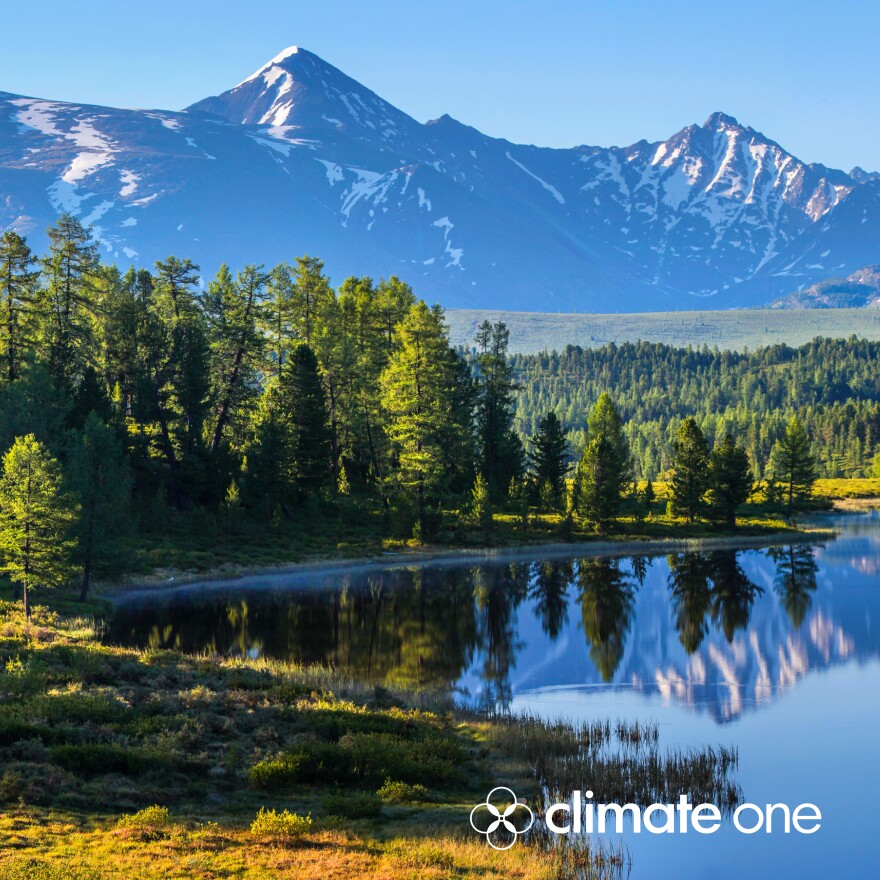Science has given us a realistic picture of what Earth will look like with unmitigated climate change: increased extreme weather events, crippled economies, and a world where those with the least are the hardest hit. But are those outcomes inevitable? Eric Holthaus doesn’t think so. In his book The Future Earth,´Holthaus argues that the solutions are all available to us.
“There is so much that we can still do that actually, it's sort of misleading to think of it as being a lost cause - because it’s not,” he says.
“I mean the most depressing thing is that we waited so long to handle it. But that's in the past, you can't really do much about it at this point other than decide that that's even more motivation to make the change right away.”
The Future Earth imagines a time two to three decades in the future, one in which the Green New Deal has become a reality, fossil fuel burning is criminalized and carbon emissions have been reduced to zero. And it offers a hopeful take on a topic that many find depressing.
Even the most passionate activists can occasionally face dread, hopelessness, crippling climate anxiety. While those feelings can stand in the way of action, Katharine Wilkinson, Vice President of Project Drawdown, reminds us that they’re also part of the journey.
“How do we mourn and imagine, right?” she asks rhetorically. “How do we feel fear and feel determination? Maybe most of all, how do we link arms and keep each other going, because we’re probably not gonna have the fire in the belly ourselves every day.”
By creating community and sharing those feelings, Wilkinson says, “you can rely on each other and feed off each other…having an ecosystem of all these different people and entities and organizations that are involved in this great transformation effort is so critical.”







